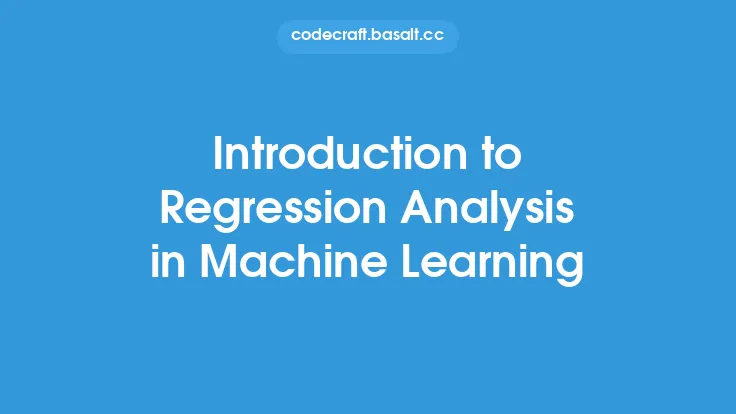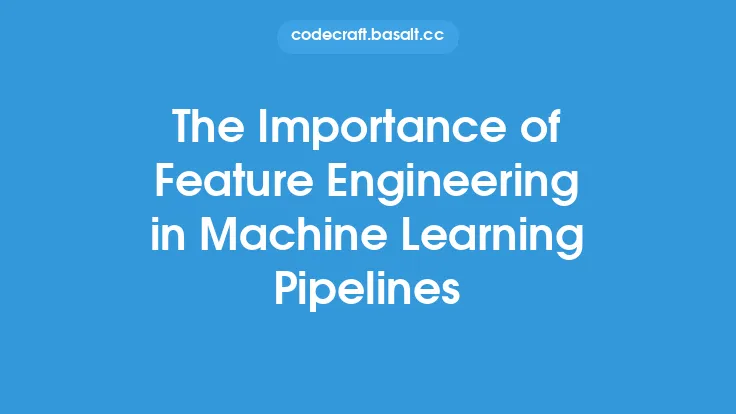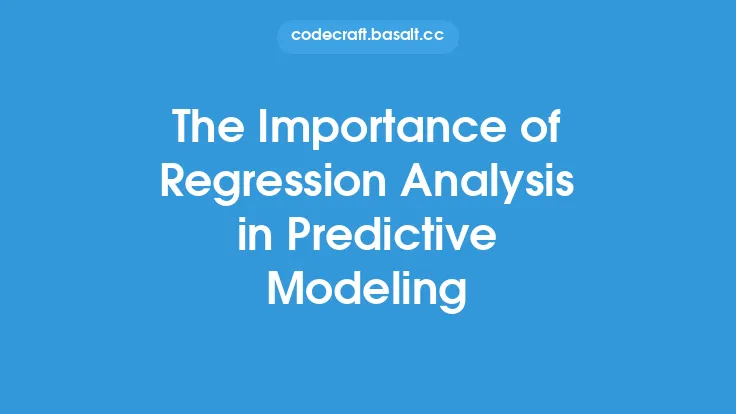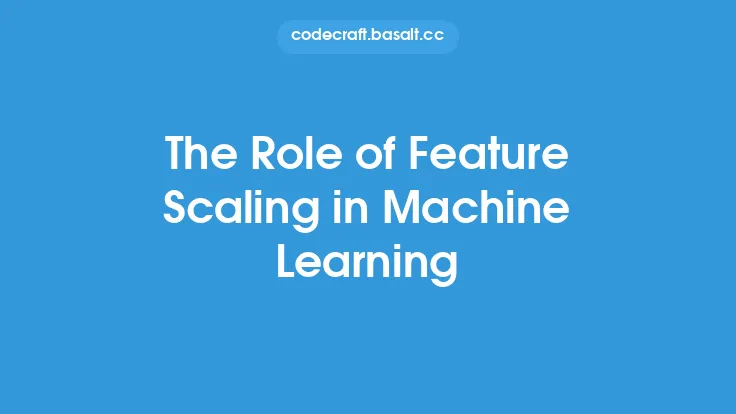Polynomial regression is a type of regression analysis in machine learning that models the relationship between a dependent variable and one or more independent variables using a polynomial equation. This technique is an extension of linear regression, where the relationship between the variables is modeled using a linear equation. However, in polynomial regression, the relationship is modeled using a polynomial equation of a certain degree, which can be quadratic, cubic, or even higher.
Introduction to Polynomial Regression
Polynomial regression is a powerful tool for modeling complex relationships between variables. It is particularly useful when the relationship between the variables is non-linear, but still has a certain degree of smoothness. The polynomial equation used in polynomial regression can be written as:
y = β0 + β1x + β2x^2 + … + βnx^n + ε
where y is the dependent variable, x is the independent variable, β0, β1, …, βn are the coefficients of the polynomial equation, n is the degree of the polynomial, and ε is the error term.
Advantages of Polynomial Regression
Polynomial regression has several advantages over linear regression. Firstly, it can model non-linear relationships between variables, which is particularly useful in many real-world applications. Secondly, it can capture the underlying patterns in the data more accurately than linear regression. Finally, polynomial regression can be used to model relationships that have a certain degree of curvature, which is not possible with linear regression.
Types of Polynomial Regression
There are several types of polynomial regression, including:
- Quadratic Regression: This is a type of polynomial regression where the degree of the polynomial is 2. Quadratic regression is particularly useful for modeling relationships that have a single inflection point.
- Cubic Regression: This is a type of polynomial regression where the degree of the polynomial is 3. Cubic regression is particularly useful for modeling relationships that have two inflection points.
- Higher-Order Regression: This is a type of polynomial regression where the degree of the polynomial is greater than 3. Higher-order regression is particularly useful for modeling complex relationships between variables.
Assumptions of Polynomial Regression
Polynomial regression assumes that the relationship between the variables is smooth and continuous. It also assumes that the error term is normally distributed with a mean of 0 and a constant variance. Additionally, polynomial regression assumes that the independent variable is not highly correlated with the error term.
Estimation of Polynomial Regression
The coefficients of the polynomial equation in polynomial regression can be estimated using the ordinary least squares (OLS) method. The OLS method minimizes the sum of the squared errors between the observed values and the predicted values. The coefficients can be estimated using the following formula:
β = (X^T X)^-1 X^T y
where β is the vector of coefficients, X is the design matrix, y is the vector of observed values, and X^T is the transpose of the design matrix.
Evaluation of Polynomial Regression
The performance of polynomial regression can be evaluated using several metrics, including:
- Mean Squared Error (MSE): This is the average of the squared errors between the observed values and the predicted values.
- Mean Absolute Error (MAE): This is the average of the absolute errors between the observed values and the predicted values.
- R-Squared (R2): This is the proportion of the variance in the dependent variable that is explained by the independent variable.
Applications of Polynomial Regression
Polynomial regression has several applications in machine learning and data science, including:
- Predictive Modeling: Polynomial regression can be used to build predictive models that forecast continuous outcomes.
- Data Analysis: Polynomial regression can be used to analyze the relationship between variables and identify patterns in the data.
- Feature Engineering: Polynomial regression can be used to create new features that capture non-linear relationships between variables.
Challenges and Limitations of Polynomial Regression
Polynomial regression has several challenges and limitations, including:
- Overfitting: Polynomial regression can suffer from overfitting, particularly when the degree of the polynomial is high.
- Underfitting: Polynomial regression can also suffer from underfitting, particularly when the degree of the polynomial is low.
- Computational Complexity: Polynomial regression can be computationally expensive, particularly when the degree of the polynomial is high.
Conclusion
Polynomial regression is a powerful tool for modeling complex relationships between variables. It has several advantages over linear regression, including the ability to model non-linear relationships and capture underlying patterns in the data. However, polynomial regression also has several challenges and limitations, including overfitting, underfitting, and computational complexity. By understanding the concepts and techniques of polynomial regression, data scientists and machine learning practitioners can build more accurate and robust predictive models.





